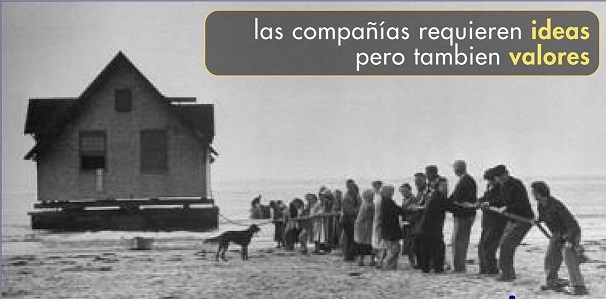estion del GOn how to measure performance, in this blog I have already explained , so I will explain how to measure the human capability at work.
Respecto a cómo medir el desempeño, en éste blog lo ya he explicado, por lo que explicaré cómo medir el potencial.
Human Capability At Work / Potencial de las Personas en el Trabajo
It is mainly related to three factors /Está relacionado principalmente a tres factores:
- Complejidad del Procesamiento Mental (CPM): A mayor complejidad del procesamiento mental de la persona, mayor es su potencial. Existe al menos cuatro niveles de procesamiento mental (de Menor a Mayor):
Complexity of Mental Processing (CPM Complexity of Mental Processing (CPM): The greater complexity of mental processing of the person, the greater its potential. There are at least four levels of mental processing (Low to High): The greater complexity of mental processing of the person, the greater its potential. There are at least four levels of mental processing (Low to High )
- Procesamiento Declarativo.
- Proceso Acumulativo.
- En Serie.
- En Paralelo, éste último es el de mayor complejidad e.g. Una persona con éste CPM expone su posición examinando una cantidad de otras posiciones / opiniones también posibles. Las posibles líneas de pensamiento las mantiene en paralelo y es capaz de conectarlas entre sí. Es decir, es capaz de encontrar elementos en común en la diversidad. Construye un juicio a partir de múltiples puntos de vistas.
2. Valores: La confianza y seguridad mutua, sinceridad, ganas de hacer las cosas, lo que se conoce como predisposición positiva. Todos hemos sido testigo de que estos valores están presentes en las personas que destacan. Una persona con estos valores siempre va a aprender y será un talento, obviamente en la medida que adquiera experiencia y conocimientos (madurez).
Values: Trust and mutual security. Sincerity, The will to do things, what is known as positive bias. We've all seen that these values are present in people who stand out. A person with these values will always be a learning and talent obviously far also gain experience and knowledge.
3. Conductas No Disruptivas: Las personas que por arrogancia o psicopatías tienen conductas disruptivas, no pueden armar equipos o llevar una sana convivencia con sus compañeros. Lamentablemente estas personas suelen ser como un cáncer dentro de una organización. Una alternativa es mantenerlas en trabajos aislados (por ejemplo encargarles estudios o tareas especializadas) pero nunca dejar que ellos lideren o tengan responsabilidad sobre otras personas. Al contrario las personas que se adaptan, no difunden rumores, trabajan en equipo, empoderan, son generosos con su conocimientos, lideran, son quienes prosperan y agregan valor para sí y la organización.
No disruptive behavior : People who have psychopathic or arrogance have disruptive behavior, cannot build teams neither a healthy coexistence with their peers. These personalities: Unfortunately often like a cancer within a organization . An alternative is to keep them in work Isolated (FOR EXAMPLE Studies position) on But never let them lead or have responsibility for others. Unlike people who adapt, no spread rumors , work in teams, empowering , generous child with his knowledge, leading son who thrive and add value for themselves and the organization s interesados les dejo mi mail: martin.torres@inovagestion.cl
(source: Jaques & Cason).








